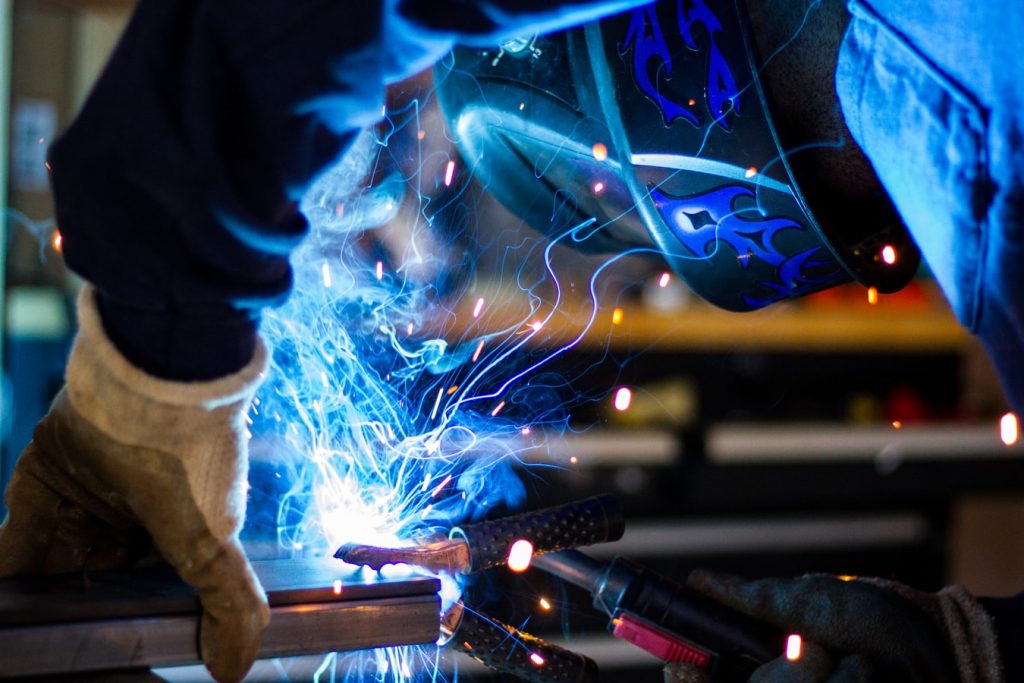Self-driving vehicle manufacturer, Seegrid, has recently received an investment of $25 million in its latest round of equity funding. This is in response to the growing demand for automation in sectors that rely on moving heavy loads, such as construction and industry. The Pennsylvania-based company’s main product, the Vision-Guided Vehicles, strives to revolutionize the industrial sector as we know it today.
The VGVs are equipped with revolutionary machine-learning AI and state-of-the-art sensors. They are a huge stride from the experimental features we have in modern automobiles such as Tesla.
AI And “Human-Like” Sensors To Revolutionize Industrial Automation
The VGVs’ primary asset is that they have the same visual skills as human beings. They do this with high-definition stereo cameras that allow them to see things in 3D. Combined with their machine learning capabilities, they’ll be able to navigate virtually any space they’re put into with minimal human intervention. They’ll just need technicians to guide and save the paths they took in their memory.
According to Seegrid, this will apply even when the environmental obstacles change. However, if an obstacle is cleared, like a door being opened, for example, they’ll be able to see the area beyond as a new space they can travel to. This adaptability to constantly shifting environments makes them invaluable in the busy world of the industrial sector.
How Automation Will Change The Industrial Sector
As companies that adopted it can attest, automation leads to an overall increase in productivity. This is probably nowhere more exemplified than during the coronavirus pandemic of 2020. Businesses lacking in manpower due to social distancing restrictions are slowly being brought back to full working capacity thanks to robots.
Since the industrial sector relies heavily on onsite workers, it is one of the sectors most affected by COVID-related manpower losses. With VGVs, logistics can operate at the same rate as before, if not better. Automated vehicles don’t fall ill and thus can keep working in situations such as this pandemic. However, companies operating them will still have to conduct maintenance activities. For example, purchase updated firmware and buy skid steer tracks when older versions must be renewed.
Automation Versus Man
Proponents of automation are countering employment concerns by saying new job openings are emerging to accommodate the shift to automation. Everything from maintenance technicians to robot fleet managers is being sought out. The robots still need a human hand to guide and sustain them. With that, the only obstacle to surmount is to retrain the displaced workers into skilled robot stewards.
It can be slightly daunting to think of what the future holds for workers with robots taking center stage. However, it doesn’t take away from the gravity of this advancement. Jobs that once required active input from drivers can now be done by robots, working around the clock, and with virtually no intervention whatsoever.
What Do Vision-Guided Vehicles Say About The Future Of The Industrial Sector?

